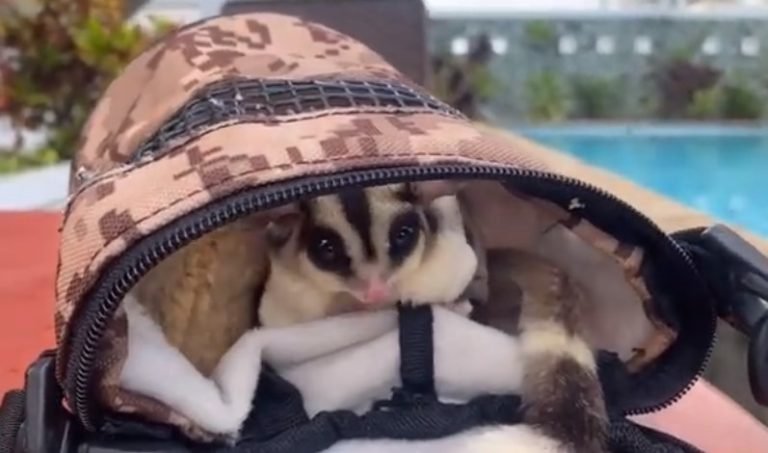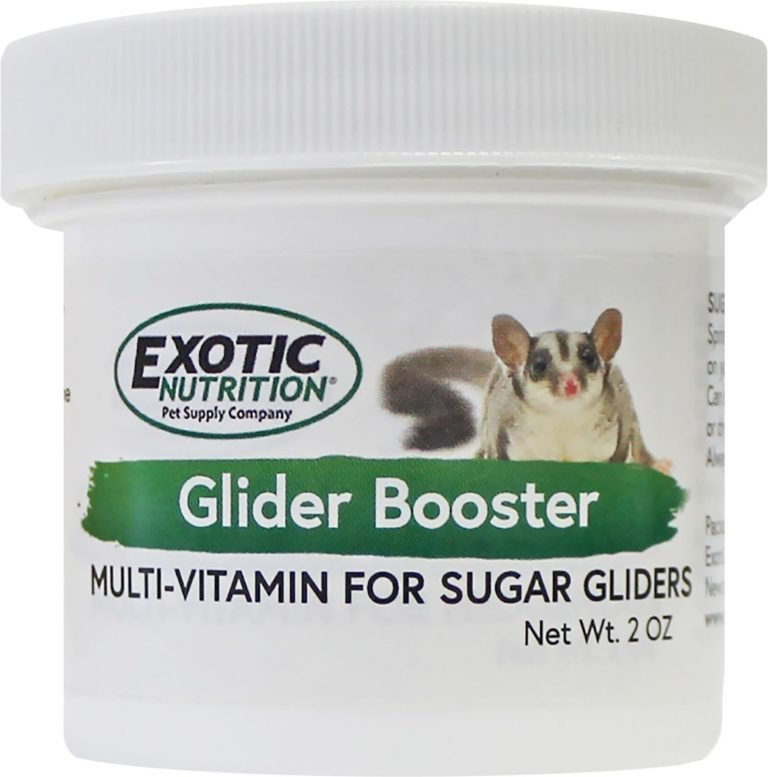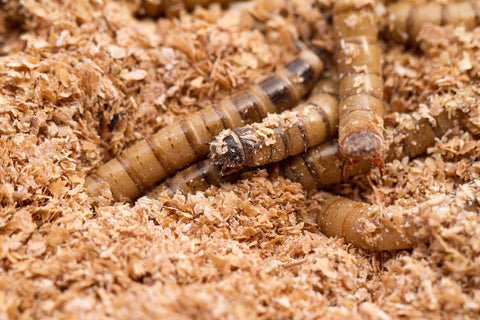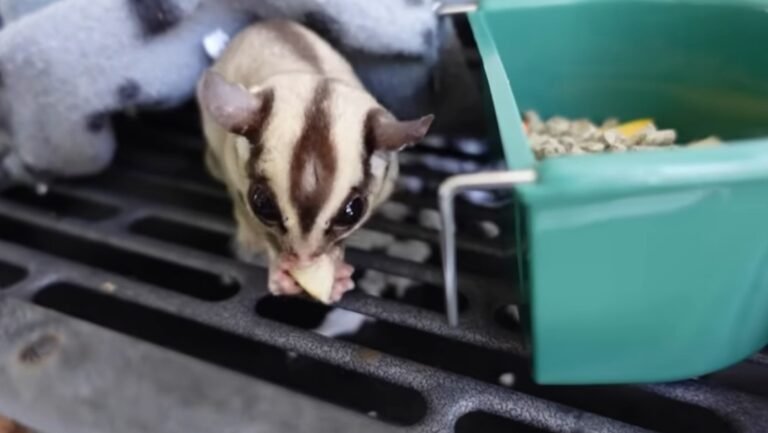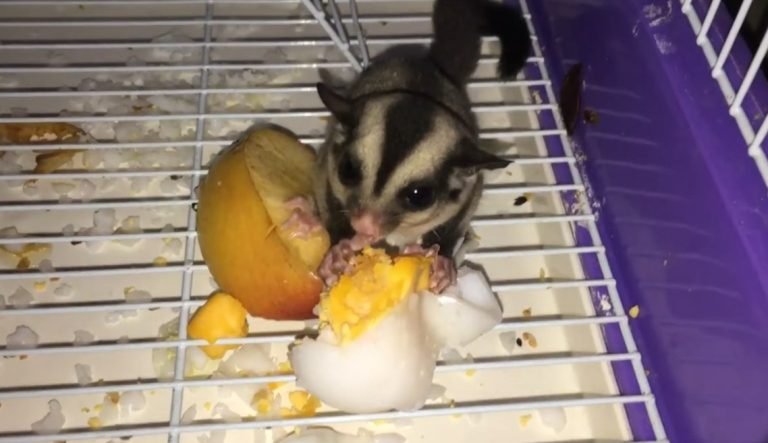Sugar Glider Feeding Guidelines
Feeding Guidelines for Sugar Gliders
Sugar gliders are adorable, social, and active animals that make fantastic pets. However, they require a specific diet to stay healthy and thrive. In this article, we will delve into the feeding guidelines for sugar gliders to ensure that you are providing them with the nutrition they need.
Sugar gliders are native to the rainforests of Australia, New Guinea, and Indonesia. In the wild, they primarily eat the sap, nectar, and sweet fruits found in their natural habitat. To mimic their natural diet, it’s important to provide them with a balanced diet consisting of fruits, vegetables, protein, and supplements.
1. Fruits and Vegetables
Fruits and vegetables are the foundation of a sugar glider’s diet. They provide essential vitamins, minerals, and fiber. Offer a variety of fresh, chopped fruits and vegetables daily, ensuring a good mix of colors. Some suitable options include apples, bananas, grapes, carrots, sweet potatoes, and leafy greens like kale and spinach. Avoid feeding them high-sugar fruits like citrus fruits, as these can upset their digestive system.
Tip:
Mix up the fruits and vegetables you offer to provide a diverse diet and prevent boredom.
2. Protein
Protein is crucial for sugar gliders as it helps build and repair tissues and supports their growth and development. Provide them with a source of lean animal protein, such as cooked chicken, turkey, or mealworms. You can also offer them small amounts of boiled eggs or low-fat plain yogurt. Additionally, make sure to offer small amounts of insects to satisfy their natural instinct to hunt and forage.
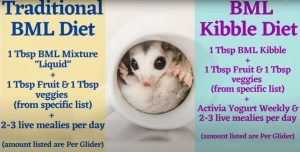
Tip:
Avoid feeding them fatty or processed meats, as they can lead to obesity and other health issues.
3. Supplements
While a varied diet of fruits, vegetables, and protein is essential, it doesn’t always provide all the necessary nutrients. To ensure your sugar glider gets everything they need, you should provide appropriate supplements. The two key supplements are calcium and multivitamins.
Calcium is important for healthy bones and teeth. You can provide a calcium supplement by either dusting their food with a calcium powder or offering a cuttlebone for them to chew on.
Multivitamins help fill in any nutritional gaps, ensuring your sugar glider gets all the essential vitamins and minerals. Look for a sugar glider-specific multivitamin and follow the recommended dosage instructions.
4. Water
Water is vital for the overall health and well-being of sugar gliders. Ensure they always have access to fresh, clean water. Use a water bottle with a sipper tube that is positioned low enough for them to reach. Change the water daily to prevent bacterial growth.**
5. Treats
Everyone loves treats, and sugar gliders are no exception. Treats can be used for training, bonding, or simply as a special reward. However, it’s important to give treats in moderation to prevent nutritional imbalances or weight gain.
Opt for sugar glider-safe treats such as mealworms, small pieces of fruit, or specially formulated sugar glider treats available in pet stores. Avoid treats that are high in sugar, salt, or artificial additives.
Frequently Asked Questions
Q: Can sugar gliders eat human food?
While it may be tempting to share your meal with your furry friend, it’s crucial to remember that not all human foods are safe for sugar gliders. Some foods, such as chocolate, caffeine, onions, and garlic, can be toxic to them. Stick to their specific dietary requirements to ensure their well-being.
Q: How often should I feed my sugar glider?
Sugar gliders have high metabolisms, so they should be fed multiple times throughout the day. Offer fresh food in the morning and evening and remove any uneaten food after a few hours to prevent spoilage.
Q: Can I feed my sugar glider a commercial diet?
While there are commercially available sugar glider diets, they should not be the sole source of nutrition for your pet. These diets often lack the necessary variety and freshness that fruits, vegetables, and protein provide. It’s best to use them as a supplement and focus on a balanced, fresh food diet.
Q: How do I prevent obesity in my sugar glider?
Obesity is one of the most common health issues in captive sugar gliders. To prevent it, provide a balanced diet, avoid high-sugar treats, limit the intake of fatty foods, and ensure your glider gets enough exercise by providing a spacious cage and opportunities for physical activity outside the cage.
Final Thoughts
Feeding your sugar glider a proper diet is crucial for their overall health and well-being. By providing a balanced mix of fruits, vegetables, protein, and supplements, you are ensuring that they get all the necessary nutrients they need to thrive. Remember to offer fresh water, provide treats in moderation, and be mindful of potential toxic foods. With the right diet and care, your sugar glider will lead a happy and healthy life as your beloved pet.


